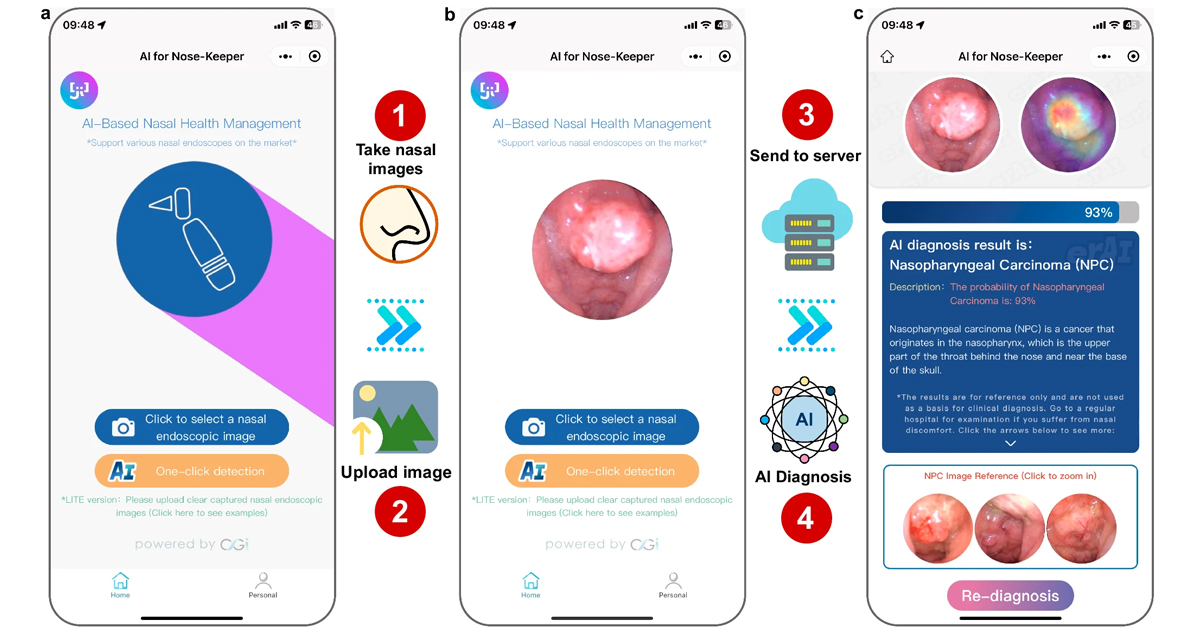The main purpose of this description is to study the impact of mHealth (or Mobile Health) interventions on chronic disease management among patients. It will also explore patients' commitment to mHealth technologies and highlight barriers that can make them difficult to use.
Digital Health thrives on a revolution of constant changes adapted to improve medical care and having the patient as the main reason for the research. There are two concepts, as the standard of this innovation: telemedicine (which focuses on the transmission of images remotely to deliver results to sectors of society such as older adults who do not have the facility to attend specialized health centers) and mHealth which are applications or software adapted to digital devices to measure certain factors such as pressure or glucose and to provide reports that guide a healthier lifestyle.
There are numerous modalities for digital communication, such as smartphones and computers with two-way cameras, web-based portals, emails, interactive voice response, social media platforms, online forums and personal monitoring devices.
Many technologies require an internet connection to fully function. While the use of technology has increased dramatically worldwide in recent years, as of 2017, only 64.5% of the world's population owns a mobile phone, while less than 50% have access to internet services.
The main objective of this overview is to study the impact mHealth interventions on chronic disease management among patients.

This will lay down five bases to which Digital Health aspires to:
- Access
- Affordability (available to everyone)
- Viability
- Positioning
- Acceptance
Through this study, quantitative methods such as statistics, are hoped to delve into the question of giving the individual the necessary tools so that he can organize his self-care.
To read the full report:





